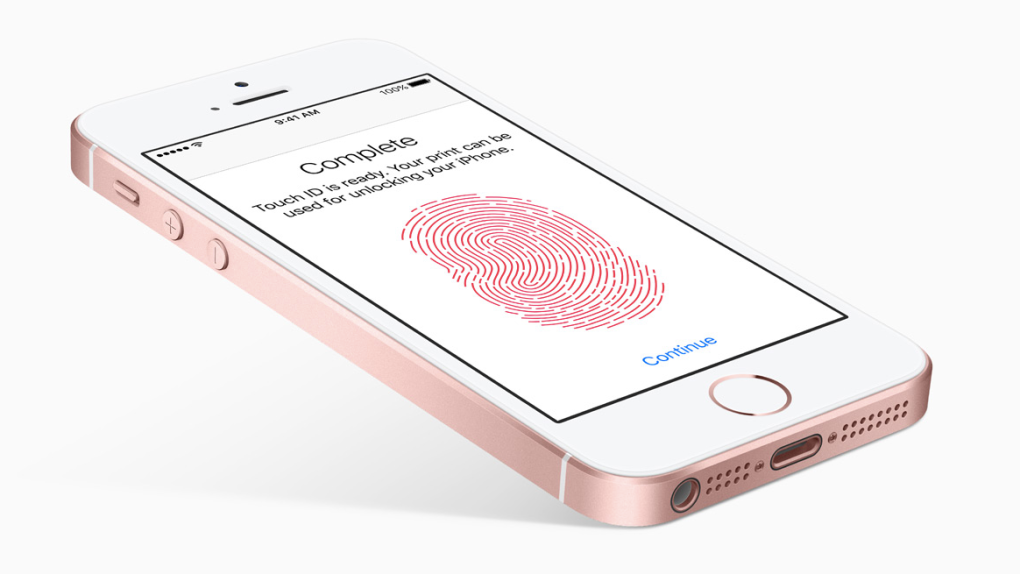In a statement today, Apple confirmed a little-known feature of old iPhones. When your two-year-old phone’s battery starts to die — as all lithium-ion batteries do — it can’t put out the peak power it once used to. On some phones, that lack of power would cause sudden shutdowns when the processor was working particularly hard and put too much strain on the battery.
To prevent those shutdowns from happening, Apple artifically limits the processor of iPhones with bad batteries to prevent power spikes. In doing so, Apple also made those iPhones slower than they were when new.
Apple confirmed this policy in a statement today:
Our goal is to deliver the best experience for customers, which includes overall performance and prolonging the life of their devices. Lithium-ion batteries become less capable of supplying peak current demands when in cold conditions, have a low battery charge or as they age over time, which can result in the device unexpectedly shutting down to protect its electronic components.
Last year we released a feature for iPhone 6, iPhone 6s and iPhone SE to smooth out the instantaneous peaks only when needed to prevent the device from unexpectedly shutting down during these conditions. We’ve now extended that feature to iPhone 7 with iOS 11.2, and plan to add support for other products in the future.
If you squint and read that statement sideways, what Apple is confirming here is “planned obsolescence” — the idea that companies intentionally design products to die before their natural time, in order to force you to keep upgrading.
If Apple wanted to really force users to upgrade earlier than they needed to, this would be a terrible way of doing so. It would only target iPhones that are already dying thanks to a bad battery — in other words, phones that are soon going to be replaced anyway. A much better way of forcing upgrades would be to limit the processor speed of all old phones, regardless of battery life.
Apple doesn’t do this because planned obsolescence is bad for business. Tests have repeatedly shown that old iPhones don’t slow down on their own — it’s the demands of newer apps and operating systems that slow things down, and that doesn’t really have anything to do with Apple.










